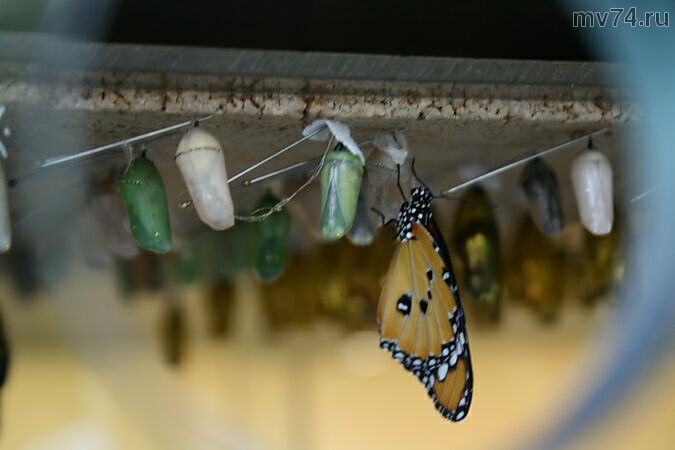 March, 19 – April, 1, 2010, Canada
March, 19 – April, 1, 2010, Canada
We visited Canada by the invitation of European Bank for Reconstruction and Development – it is business visit by exchange of experience.
In detail about business part of the travel you can read HERE, and this reportage is unofficial part of the visit.
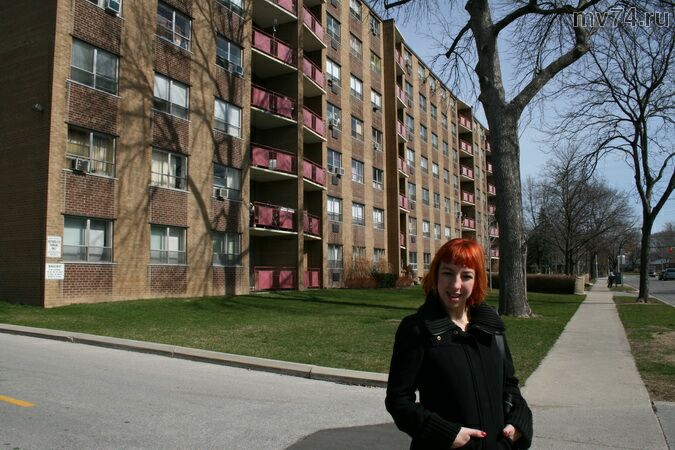
“Canada like Russia, only there is clean and normal”, – my daughter said at the second day in Canada.
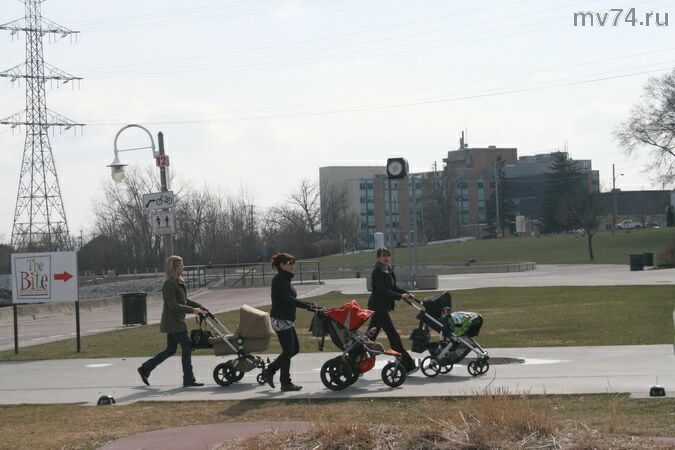
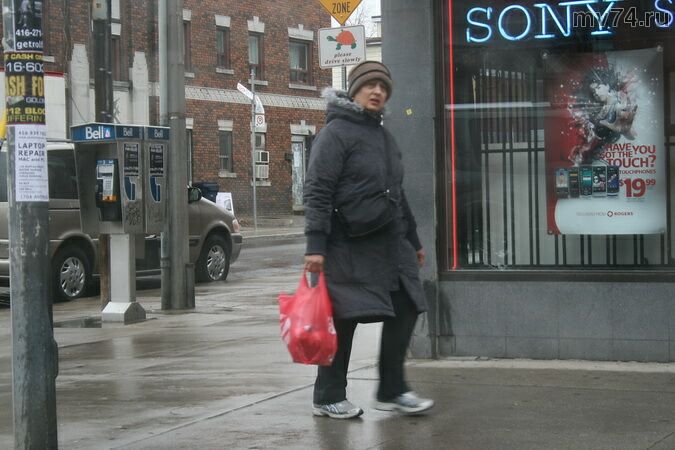
Canada is homely and comfortable like house slippers. There is comfortable and quiet, just “on a foot”, in Canada.
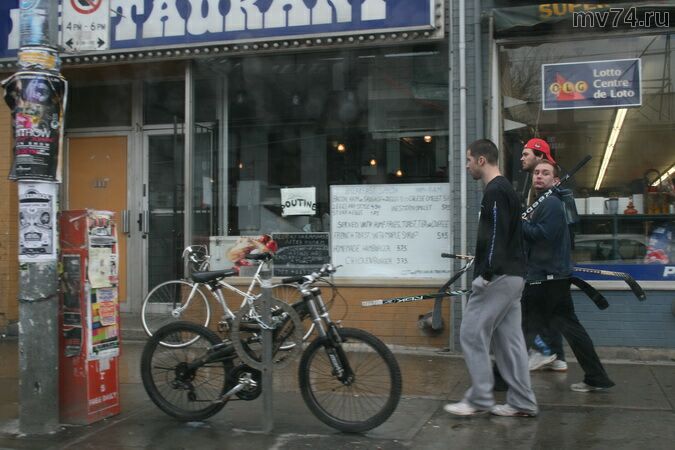
Comfort defines by both absence of perfection and fanatic order: it is clean, but within reasonable limits; it is order, but with possibility of small disturbance, as if Canada lives at the command “Stand at easy”.
Canada’s people is so variegated that question about nationality is forgotten at the first day of arrival. Polychromy of Canadian оn black-and-white background of America sets imperceptible harmony – it is safely, comfortably, understandably.
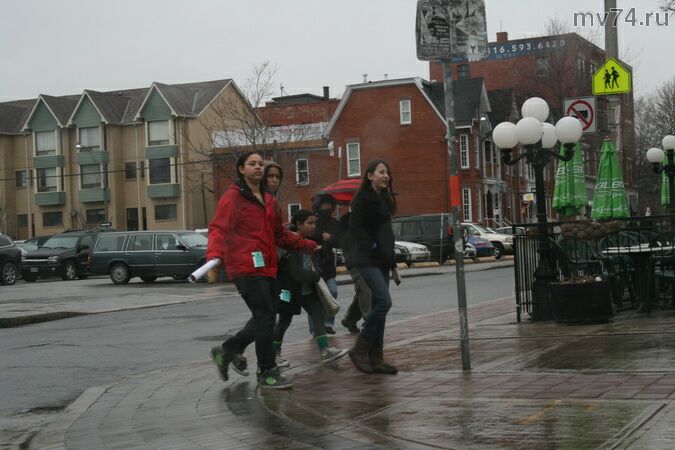
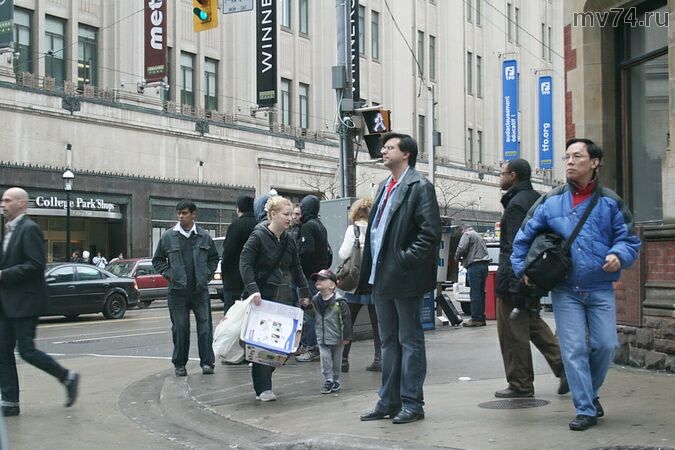
Canada is unpretentious and simple.
Emigrants from all over the world speak simplified English, and domestic simplicity of language sets simplicity and prosaicness of life – all is simply: respect elder, take care of children, work hard, but without strain, keep a home and soil, which they live on.
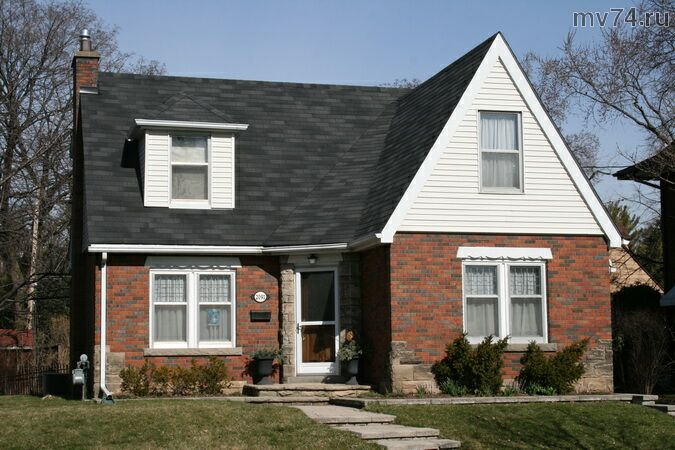
Canada like Russia, only Canada has not yet become a great power, while Russia has already ceased to be one.
And difference is not only in motion vector, it is in aims: Canadians do not create the great power; they make the state which is comfortable for life.
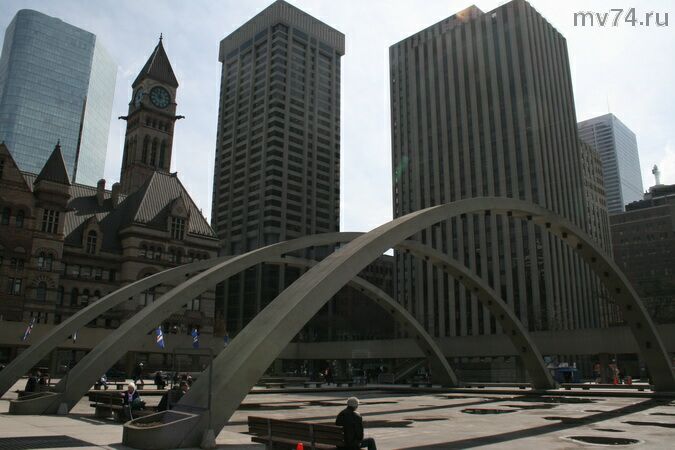
Canada is one of the richest countries of the world
Canada’s industrial areas from faraway look like industrial zones of Russian cities.
Distinctions are in quantity of stacks, in quality of air and water and in quality of life of workers.
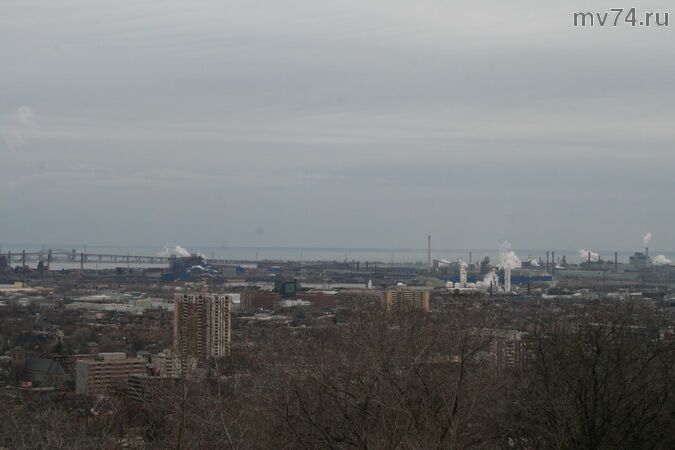
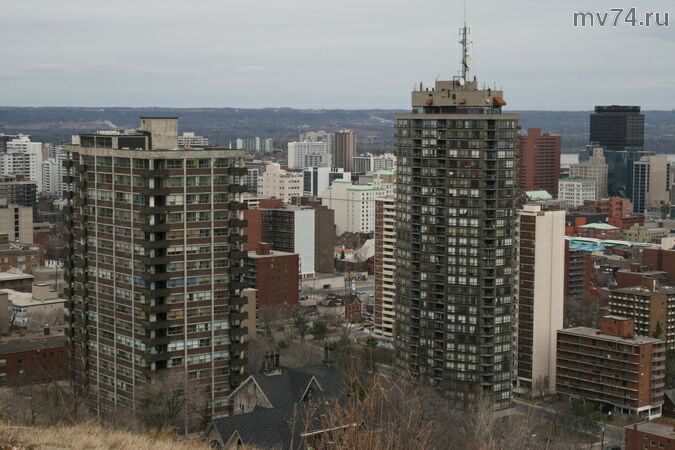
Canada ranks second place by territory in the world after Russia, but there lives only 34 million people.
Every year Canada accepts 250 hundred immigrants from all over the world.
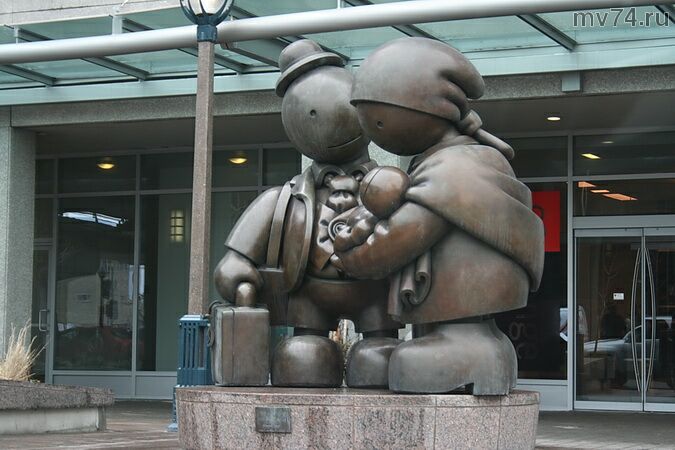
Permanent inflow of new Canadians (they can become citizens of Canada after three years) does not allow Canada’s culture “to stand too long” and makes revival in businesses – settlers tend quickly to make comfortable, to work enthusiastically and to create wholesome competition on work places.
Uninterrupted building (plus 250 000 flats or houses every year) is one of stable locomotive of Canada’s economics.
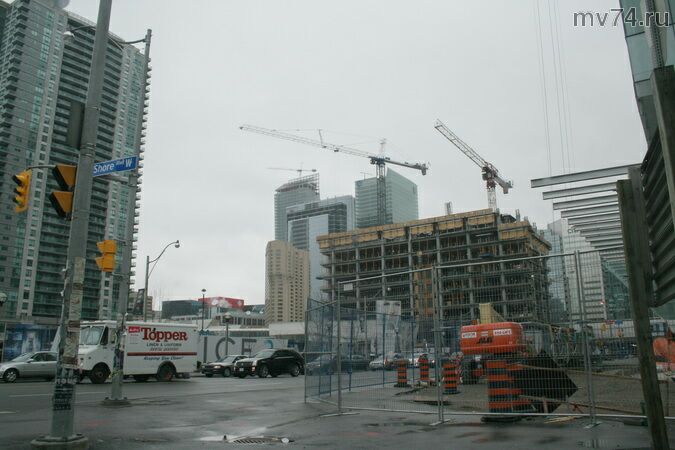
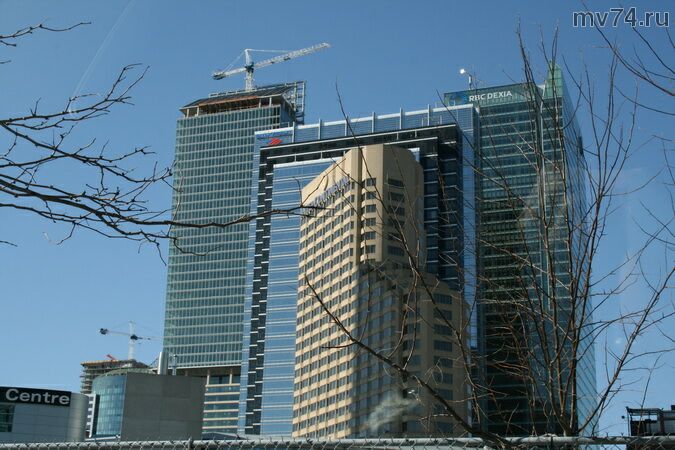
Of course, oil and gas are here, but Canadians stake on development of industries, agriculture.
National economics is variety just like population: the development of trade harmoniously combines with the development of industry, big business does not press small one, and all together does not destroy nature.
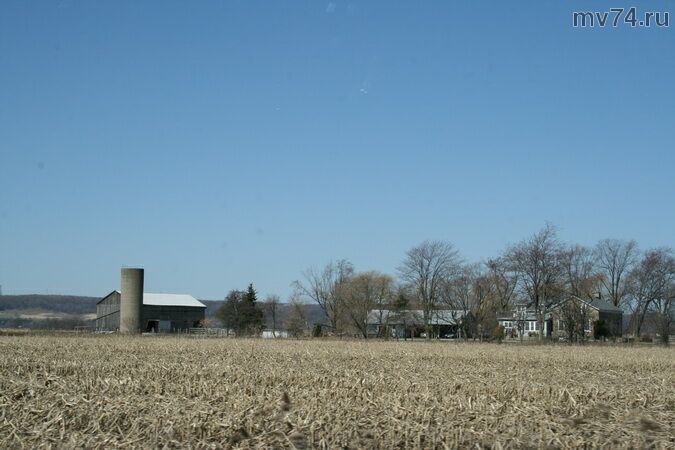
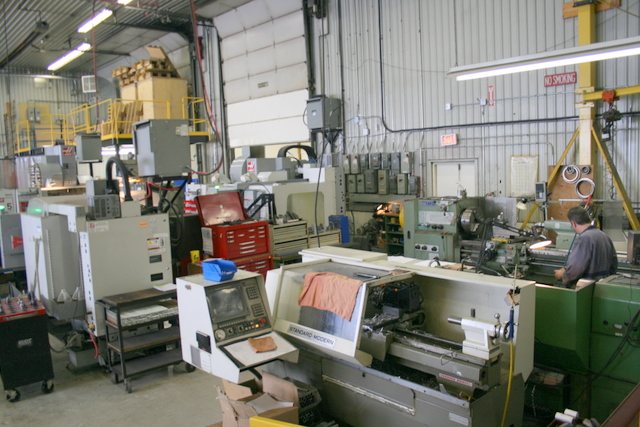
“You were building socialism, while we have built”, – Jon said, our Canada’s guide, consultant and good friend.
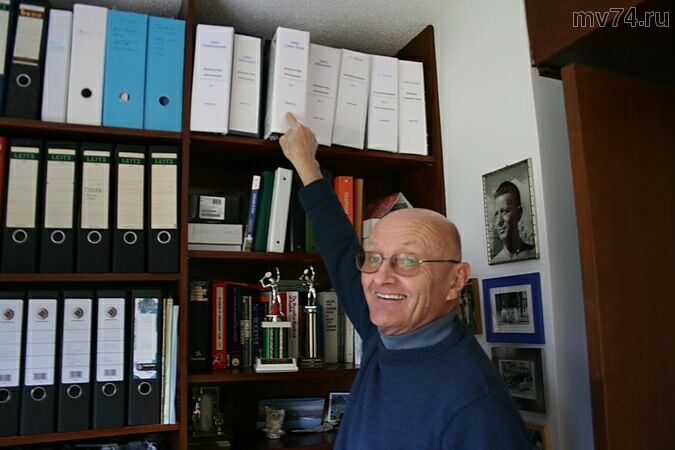
Stories of school teachers about developed socialism are recalled in Canada.
The principle of “from each according to ability, to each according to work” have realized here, and there is nothing to say about social justice and equality: generously raising taxes also generously pour head of Canadians by rain of social welfare.
All like in Russia, it is only without lies and stealing – so taxes are returned.
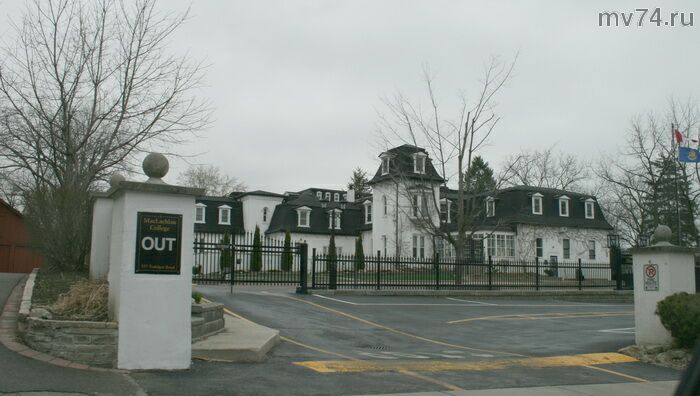
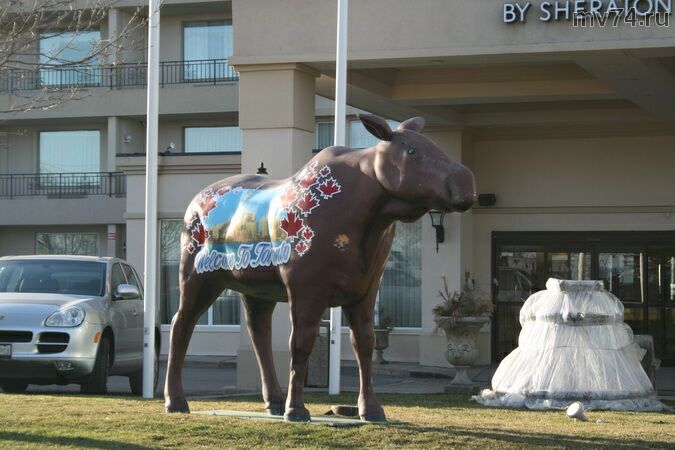
In Canada, difference between the richest and the poorest is practically unnoticeable for Russians.
Riches live near with a lake, aside from main road, their houses are bigger in three-five times, there are places for lawns on streets.
On the photos – the area where top-managers live (Jon showed me it as the place where I would live if I worked in Canada like I worked in Russia).
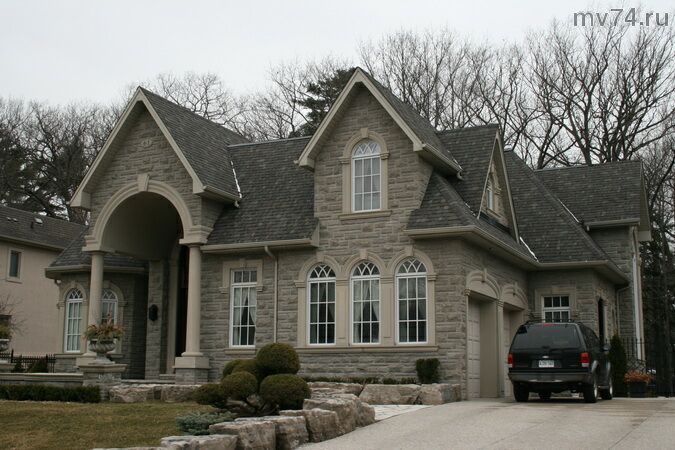

Photos of houses of the middle class, generally labors of metallurgical works:
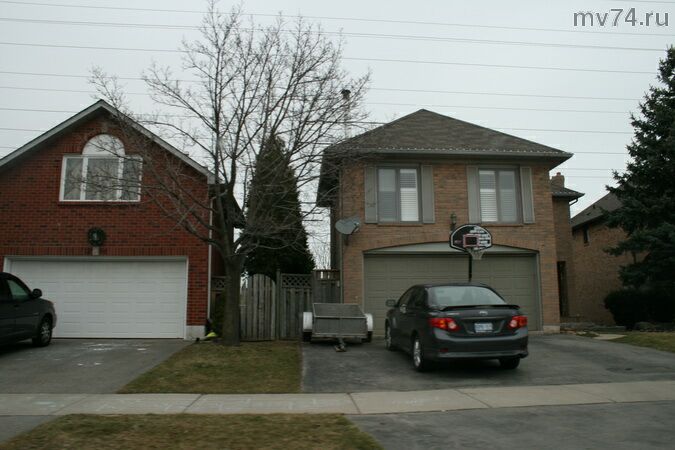
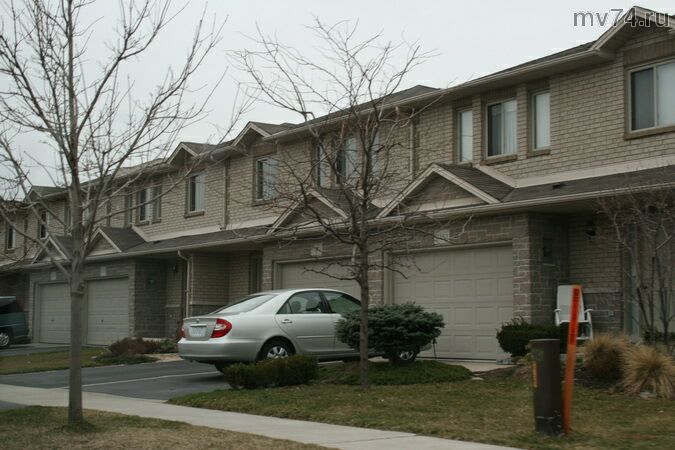
They live, commonly, in cottages, closer to soil. There are not fences and needless embellishments. Toronto is called as the big village by Canadians themselves.
2.5 million live in Toronto, with suburban cities and villages – 5.
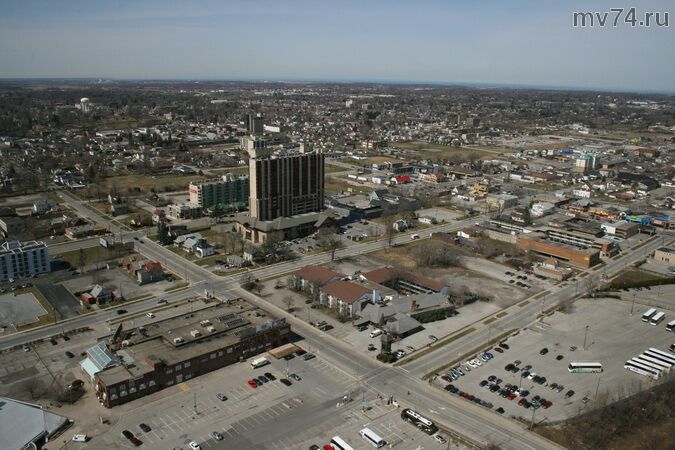
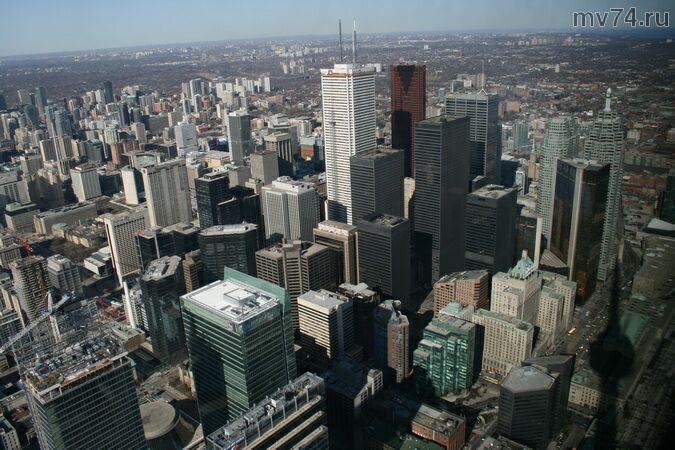
It is Canadians’ choice – live in a high-rise building, in a townhouse or in a cottage.
Immigrants usually begin from high-rise buildings in big cities, and adopting, they move to own house.
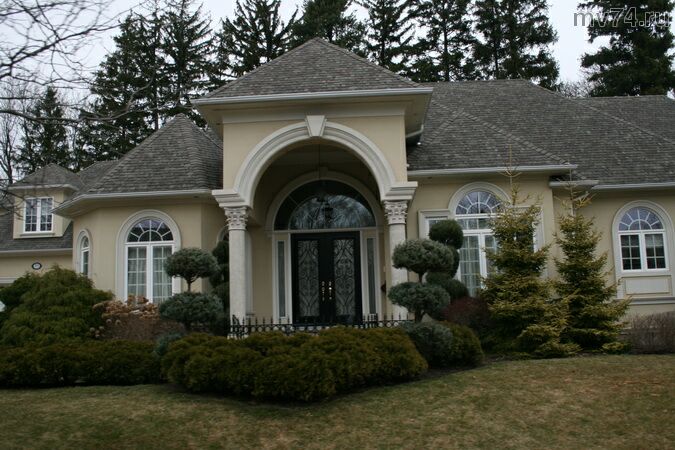
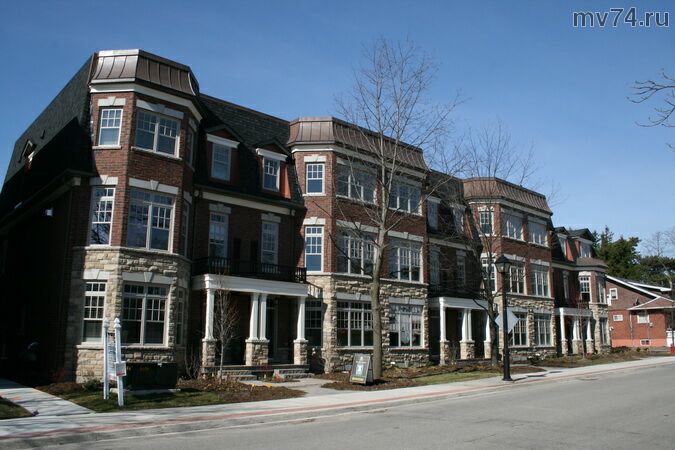
City design is unpretentious; it has been created not to see round it, but for comfortable. Canadians’ favorite materials are metal, stone, wood.
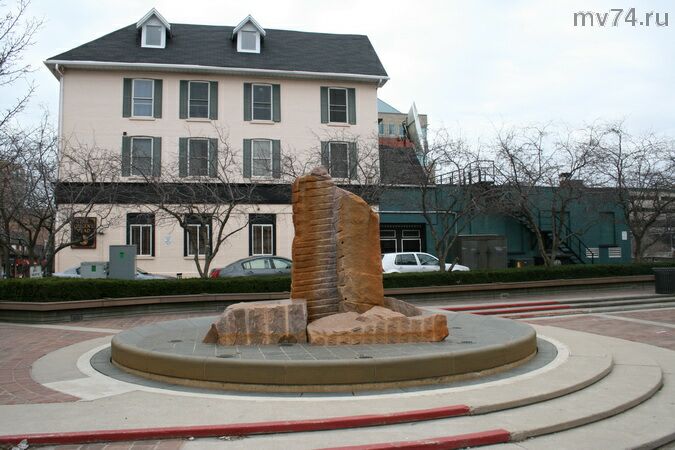
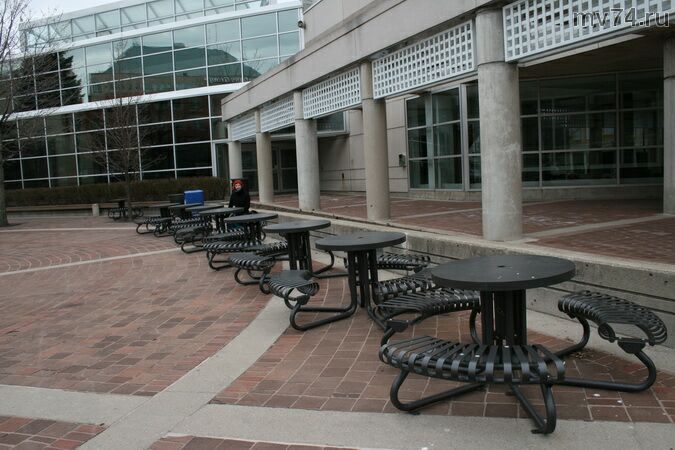
Kingdom of stainless steels and modern embellishments is in public buildings.
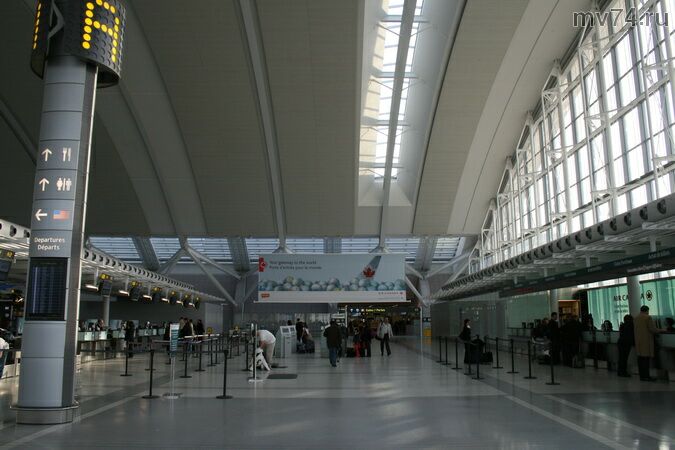
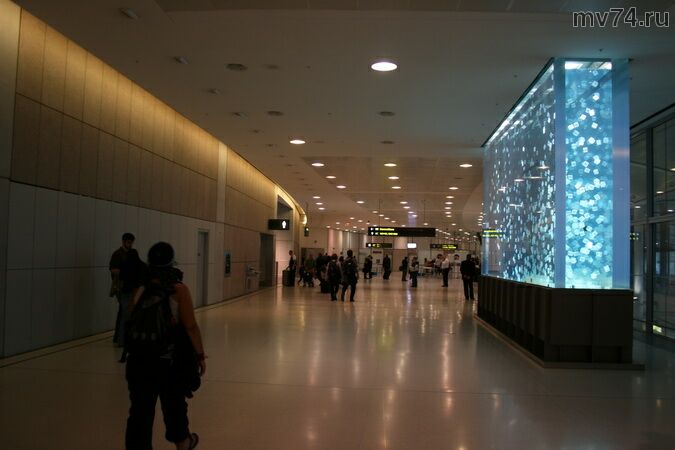
Masterpieces of architecture are not habitual for our view: for example, a hospital was stylized under a factory, or avant-garde sculptures.
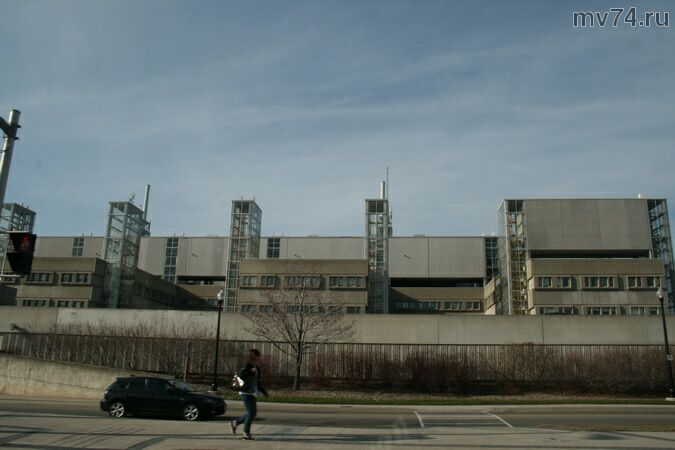
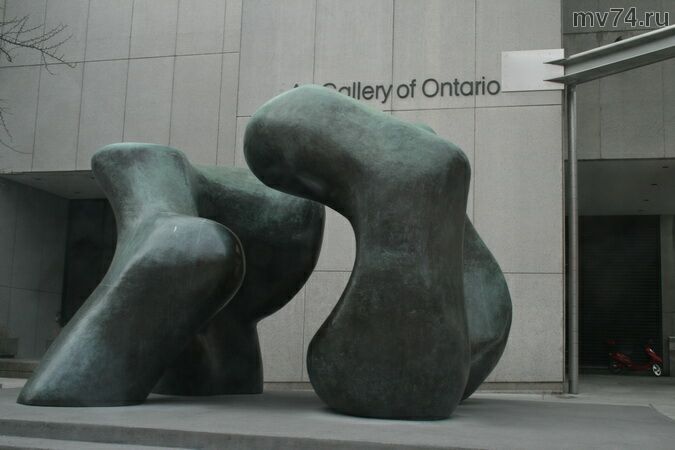
There is ikebana near the hotel where we lived; it is branches of a pine, a birch in metal urn. By our standards, it reminds of thrown litter after New Year.

Tranquility of Canadian life is tried to explain by usual «only there were no war». Last war was in 1812 in Canada. Since Canadian soldiers took part in arms in the other countries’ territory only. Hardly more 60 thousand serve in modern army by the contract, armament can be counted on the fingers of one hand too.
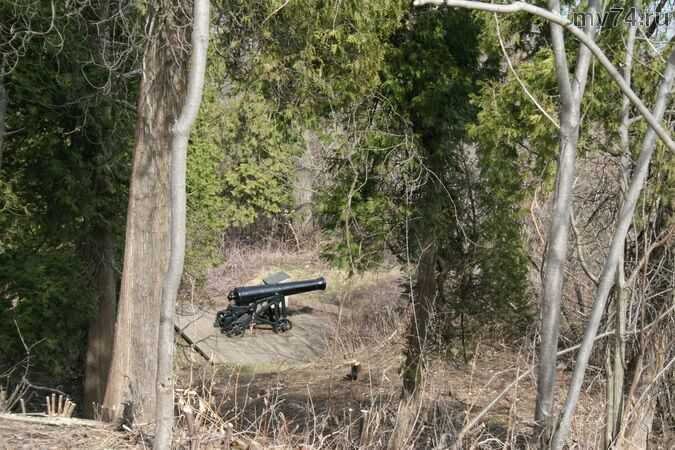

However, there are not many things in Canada – there are not the president, governors, even the Constitution is not as the only document. There is not the ministry of education (but there is qualitative free education!). There are, probably, not ministries of culture and sport, but there are both culture and sport. Canada is proved to be very theatre country, conceding only Great Britain and USA by the number of performances and festivals; and count of art- galleries are amazed.
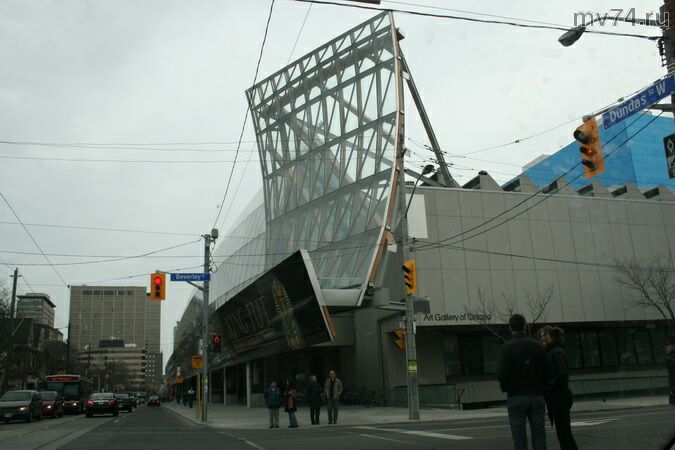
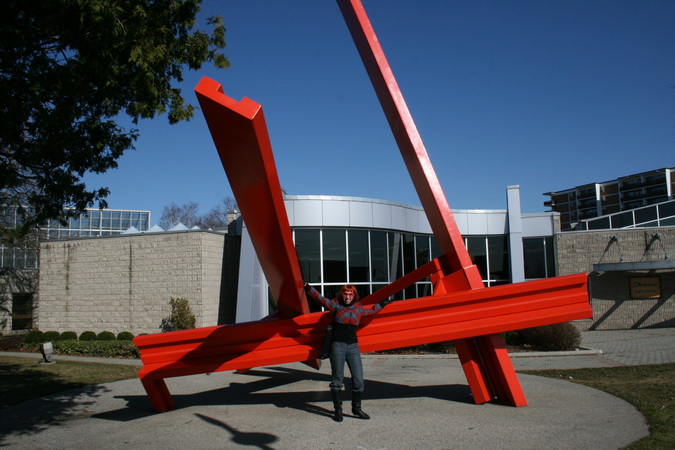
In Canada, galleries are organized, as all Canada, comfortably. Halls of Canada’s galleries seem unaccustomed to us having accustomed to theme halls (there is Shishkin, there is Vrubel, there is the art of the 9th century…) – they were created with a glance of feature of perception, but no art history. The hall of wood miniatures can be situated near the hall of photography. It is unusually, but not boring and not tiresomely. Whole families go to museums and galleries. The most childish museum is the museum of butterflies.



